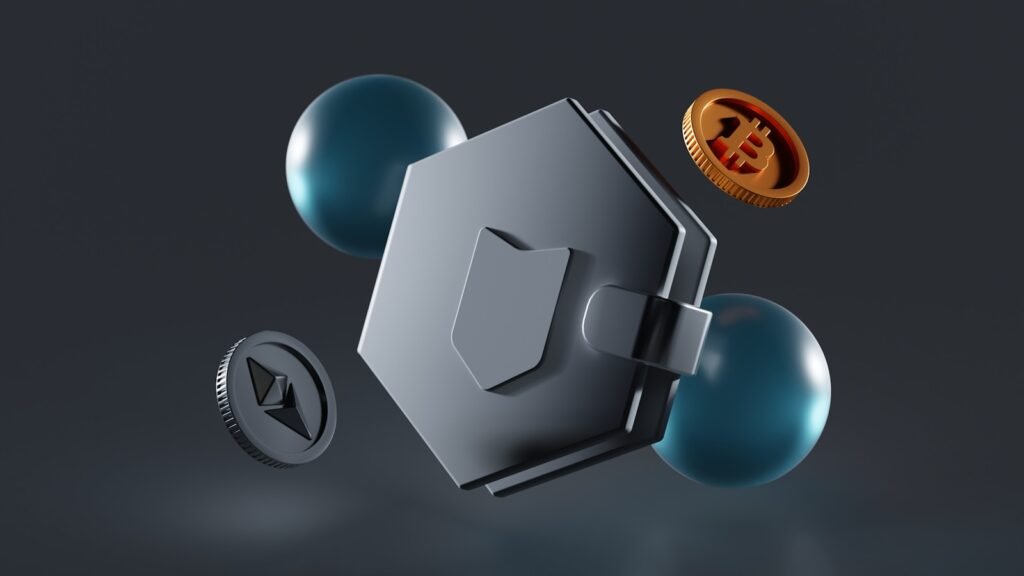The digital world never sleeps. Every day, something new crops up on the internet that pushes the boundaries of how we interact with technology, art, and each other. One of the biggest conversations in recent years has revolved around NFTs. If you’ve ever found yourself wondering, “What are NFTs?” or scrolling past posts about people buying digital art for thousands (or millions) of dollars, this complete NFT guide is for you.
Let’s break it down, step by step: no jargon, no complicated tech talk, just a simple, engaging way to understand the phenomenon that’s shaking up the digital economy.
Understanding the Basics: What Are NFTs?
Let’s start at the beginning. NFT stands for Non-Fungible Token. That might sound a bit abstract, so let’s unpack it.
- Fungible means interchangeable. Think of a 100-rupee note; you can exchange it for another 100-rupee note, and it holds the same value.
- Non-fungible means unique and non-interchangeable. You can’t swap your pet dog for another and call it the same; each one is unique.
So, what are NFTs? NFTs are digital assets that represent ownership of a unique item or piece of content on the internet. They’re stored on a blockchain (usually Ethereum), which is a public, unchangeable ledger that records who owns what.
The content that can be made into an NFT is incredibly diverse, such as digital art, music, videos, tweets, memes, in-game items and virtual real estate.
For example, the artist Beeple sold an NFT of his digital artwork for $69 million. Jack Dorsey, co-founder of Twitter, sold his first tweet as an NFT for $2.9 million. Even digital sneakers and virtual fashion are now being sold as NFTs. In essence, NFTs have created a market for digital ownership, something that wasn’t possible before.

How NFTs Work: A Beginner-Friendly NFT Guide
To understand NFTs better, it helps to grasp the basics of how they’re made, bought, and sold. Here’s a simplified version:
1. Creation (Minting) of NFTs: Artists or creators convert digital files (like a photo, painting, or song) into NFTs by a process called “minting.” This assigns a unique code (called a token) to the item and records it on a blockchain. This process proves who created it and ensures it can’t be duplicated or altered.
2. Buying and Selling NFTs: Once minted, NFTs can be sold or bought through marketplaces like OpenSea, Rarible, or Foundation. Each time an NFT is sold, the transaction is recorded on the blockchain. Most platforms allow creators to earn royalties every time their NFT is resold, giving artists a new stream of ongoing income.
3. Ownership and Proof: When you buy an NFT, you’re buying a certificate of ownership of a digital item. It’s like owning a signed painting. Others can still see or even screenshot the artwork, but only you have the official proof of ownership. That’s what gives NFTs their value.
4. Storage: NFTs are stored in digital wallets, similar to how cryptocurrency is stored. Popular wallet providers like MetaMask or Coinbase Wallet let users store and manage their NFTs securely.
If you’re looking for a reliable NFT guide, always ensure the marketplace you’re using is secure, and verify the authenticity of the item before purchasing. Because NFTs live on the blockchain, once a transaction is done, it’s almost impossible to reverse.
Why Are NFTs So Popular? The NFT Guide You Didn’t Know You Needed
The idea of buying a digital file might sound strange at first. But here’s why NFTs are gaining massive traction:
1. Digital Scarcity & Value: Think of limited-edition sneakers. Only 100 pairs exist, so collectors are willing to pay top dollar. NFTs operate on the same idea. By limiting the number of a certain digital item, creators can create scarcity and therefore, value.
2. Empowering Creators: In the traditional world, artists often struggle to earn a consistent income. With NFTs, creators can sell directly to their audience without intermediaries like galleries or music labels. Plus, they can program royalties into the NFT smart contract, meaning they earn every time the NFT is resold.
3. Community & Identity: NFTs are more than just digital files; they’re often part of a larger movement or community. People buy NFTs not just for investment but to belong to a group, show support for an artist, or express digital identity. Some NFT collections offer real-life perks, like event access, collaborations, or limited-edition merchandise.
4. Gaming and the Metaverse: Gaming is another massive space for NFTs. Imagine buying a rare sword in a game and owning it, being able to trade or sell it outside the game, or even use it in other virtual worlds. NFTs are opening up these possibilities.
5. Investment Opportunities: Some view NFTs as digital assets that could appreciate. Just like art collectors invest in paintings, NFT buyers often hope the item will become more valuable over time. But it’s important to understand that the NFT market is still young and volatile.
The Flip Side: Risks and Considerations
While this NFT guide paints an exciting picture, it’s crucial to mention the caveats.
- Volatility: NFT prices can skyrocket and crash quickly. What’s worth millions today may be worth much less tomorrow.
- Scams and Frauds: Fake listings, phishing attacks, and art thefts are common in the NFT space. Always double-check the authenticity and creator credentials.
- Environmental Concerns: NFTs built on Ethereum consume energy, leading to concerns about their environmental impact. However, newer blockchains and Ethereum’s upgrade to a more energy-efficient model (Ethereum 2.0) are working to address this.
- Lack of Regulation: The NFT market is largely unregulated. This means less protection for buyers and creators in case of disputes or fraud.
Anyone diving into this space should ask not just what are NFTs, but also why they want to own one. Is it for support, identity, collecting, or investing? Your answer should guide your approach.
Final Thoughts: Where Are NFTs Headed?
NFTs are more than a passing trend. They represent a fundamental shift in how we think about ownership, art, creativity, and value in the digital space. From musicians and painters to gamers and fashion designers, NFTs are opening new doors for creators and audiences alike.
This NFT guide isn’t about pushing you to buy into the hype. It’s about helping you understand what’s happening — and why it matters. As more industries explore NFT technology from real estate to ticketing and beyond, it’s clear that the question is no longer “What are NFTs?” but “What’s next for NFTs?”
Whether you’re an artist, a tech enthusiast, or just someone curious about the future, NFTs are worth exploring. But like with all things digital, be informed, be safe, and most importantly, be curious.

